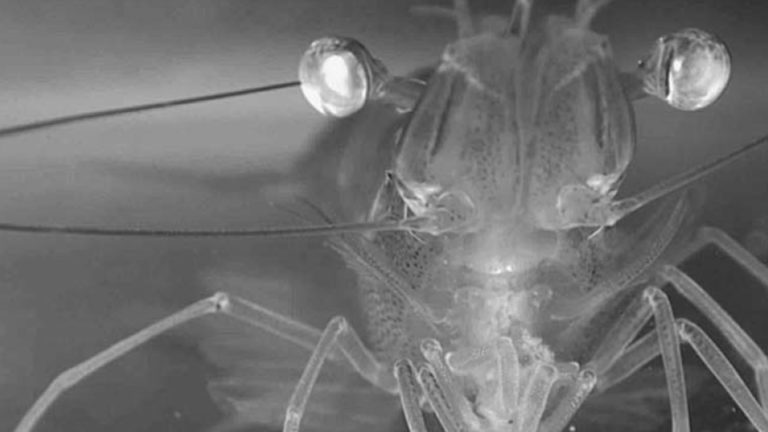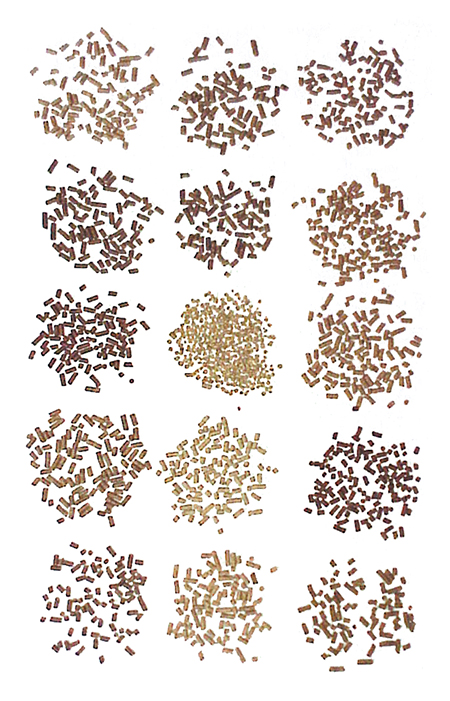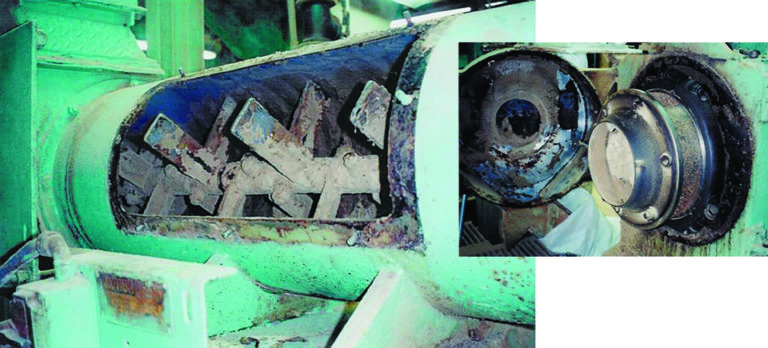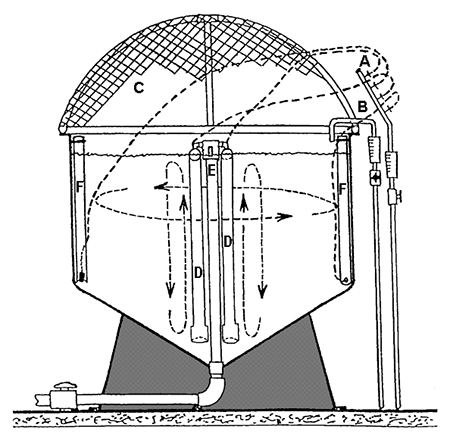
Health & Welfare
Diet size affects shrimp feeding behavior, growth performance
To understand shrimp feeding behavior, the Oceanic Institute investigated feed delivery systems and responses to experimental diets.
Intelligence
Amberjack, known as kahala in Hawaii, is a popular food fish that can accumulate naturally occurring ciguatera toxin by eating certain types of reef fish.

Health & Welfare
To understand shrimp feeding behavior, the Oceanic Institute investigated feed delivery systems and responses to experimental diets.

Aquafeeds
There is limited information on the quality characteristics and performance of shrimp grow-out diets manufactured in the United States.

Aquafeeds
Formulated shrimp feed represents about 50 percent of production costs, but even more if the feed is wasted because of poor quality.

Aquafeeds
To produce a high-quality feed with specific nutritional and physical characteristics, feed equipment processes must often be modified and optimized.

Health & Welfare
Physical and chemical processes, along with the biological and economic components of shrimp production in zero-exchange culture, require models for analysis.

Aquafeeds
The potential for NIR spectroscopy for rapid and accurate prediction of the chemical composition of fishmeal and soybean meal deserves investigation.

Aquafeeds
Oceanic Institute documents a shrimp feed processing method involving large feed crumbled into smaller feed particles to produce various diet sizes.